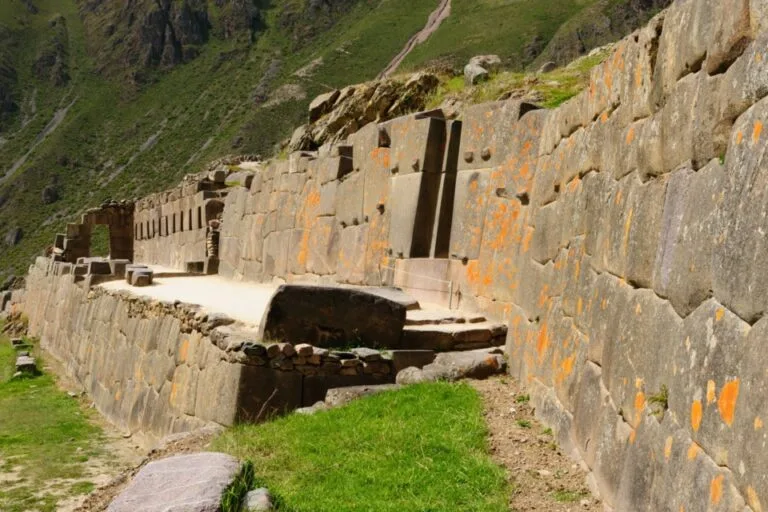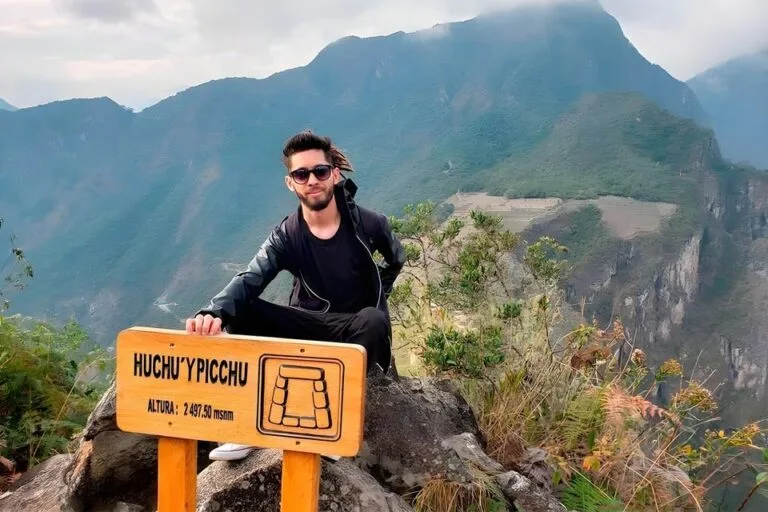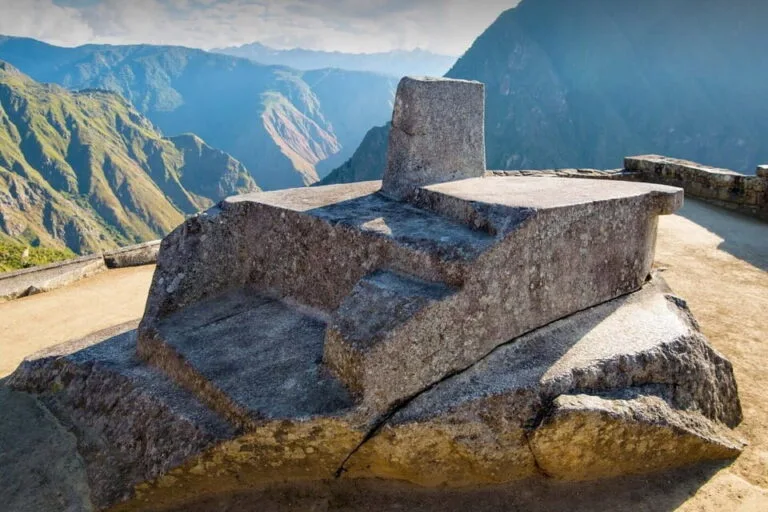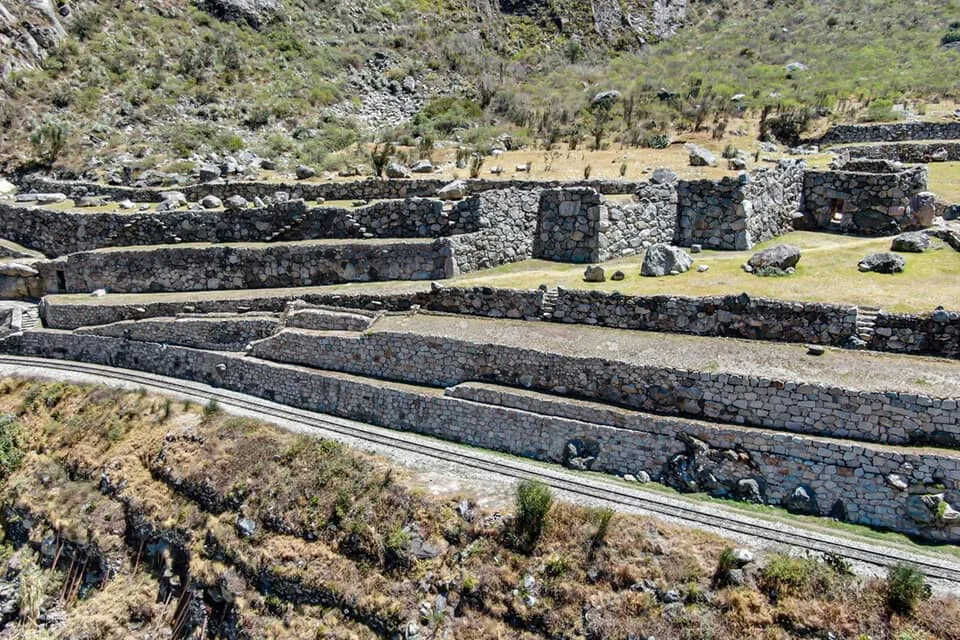Patallacta, which in Quechua means "City on the Hilltop," is a fascinating archaeological site located at the beginning of the classic Inca Trail. This place, situated at approximately 2,800 meters above sea level, marks the start of the journey to Machu Picchu and is renowned for its impressive architectural design and historical significance. For hikers embarking on this route, Patallacta serves as a symbolic welcome to the Inca world, filled with history, nature, and spirituality.
What is Patallacta and why is it special?
Patallacta was a key agricultural and ceremonial center for the Inca Empire. Its strategic position in the Urubamba Valley made it a checkpoint for travelers along the Inca Trail. Surrounded by mountains and offering spectacular river views, Patallacta stands out for its agricultural terraces, residences, and ceremonial enclosures that showcase the architectural mastery of the Incas.
This site not only functioned as a food production center but also held spiritual significance, where the Incas performed ceremonies to honor nature and their gods.
History of Patallacta
Patallacta was built during the height of the Inca Empire under the rule of Pachacútec. Its main purpose was to manage agricultural resources in the area, serving as a hub for food production and storage.
In addition, the site had ceremonial importance, used for rituals related to fertility and water—core elements of the Andean worldview. During the Spanish conquest, Patallacta was abandoned, but its legacy lives on through its imposing structures, which remain a testament to Inca greatness.
How to Get to Patallacta
Patallacta is located near Km 82 of the railway to Machu Picchu, a popular starting point for those beginning the classic Inca Trail.
- By Train: You can take a train from Cusco to Km 82 and then hike a short distance to reach the site.
- By Trail: Patallacta is the first official stop on the Inca Trail, accessible on foot as part of the trek.
What to See in Patallacta
Agricultural Terraces
Patallacta's terraces are among its most striking features. These structures, designed to optimize food production, demonstrate the Inca ingenuity in adapting agriculture to mountainous terrain and ensuring food security.
Residential and Administrative Structures
The site includes various residential and administrative buildings that served as accommodation for travelers and a base for managing resources in the Sacred Valley.
Ceremonial Enclosures
Among Patallacta's structures are ceremonial spaces where the Incas made offerings and rituals to honor their gods, especially related to the earth and water.
Panoramic Views
From Patallacta, visitors can enjoy spectacular views of the Urubamba River and surrounding mountains. These vistas not only enrich the visual experience but also highlight the site's spiritual connection to its environment.
Tips for Visiting Patallacta
- Wear Comfortable Footwear: Accessing the site involves walking on uneven trails, so proper shoes are essential.
- Be Ready for the Weather: Bring light clothing, a waterproof jacket, and sunscreen, as the Andean weather can change rapidly.
- Explore with a Guide: A local guide can help you understand the history and cultural significance of Patallacta, enhancing your visit.
- Respect the Site: Patallacta is a sacred archaeological site. Avoid touching structures, leaving trash, or behaving disrespectfully.







